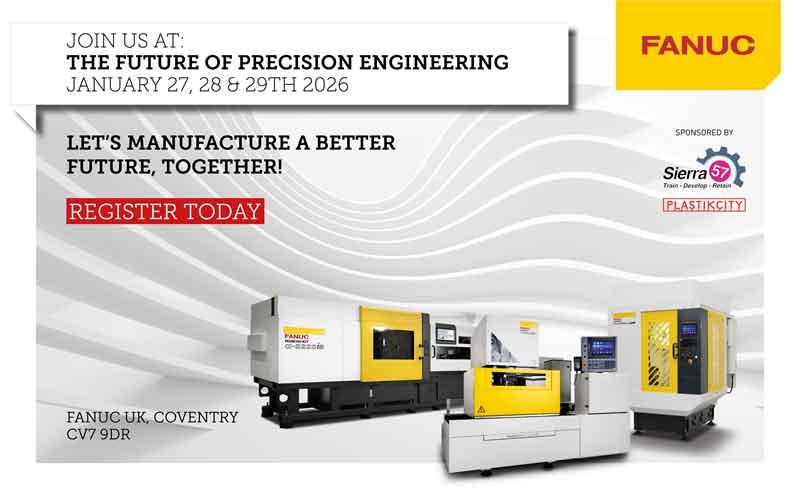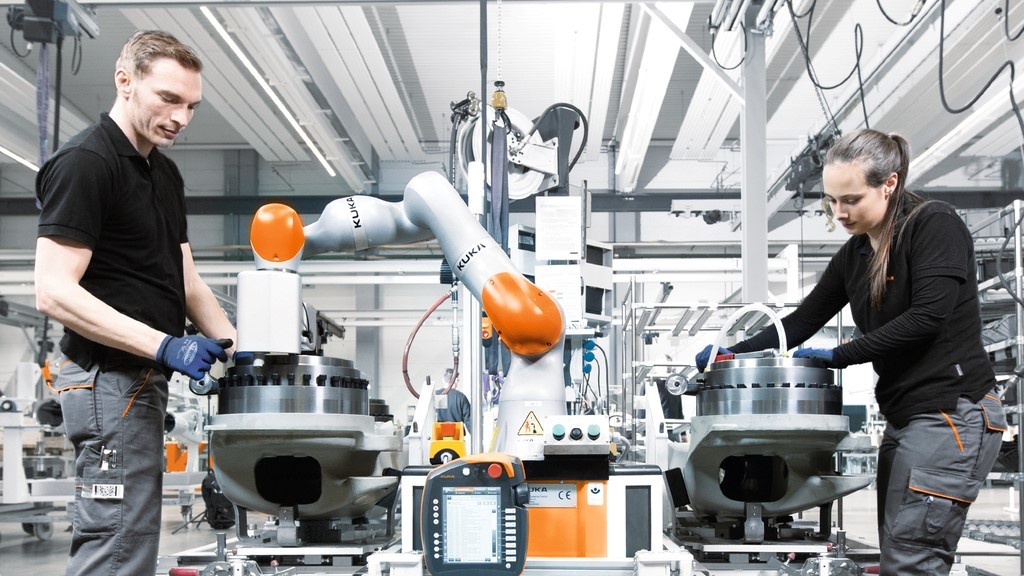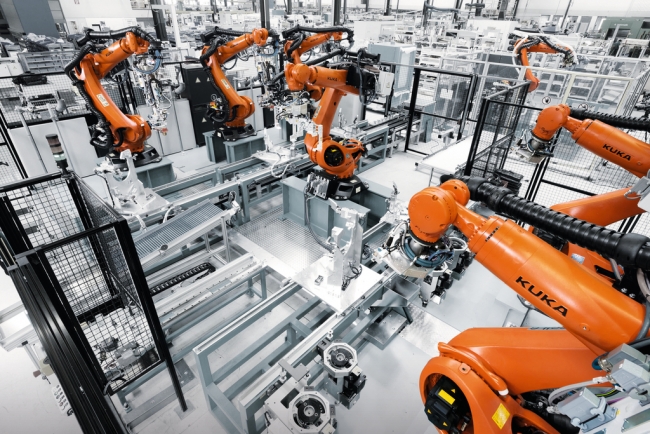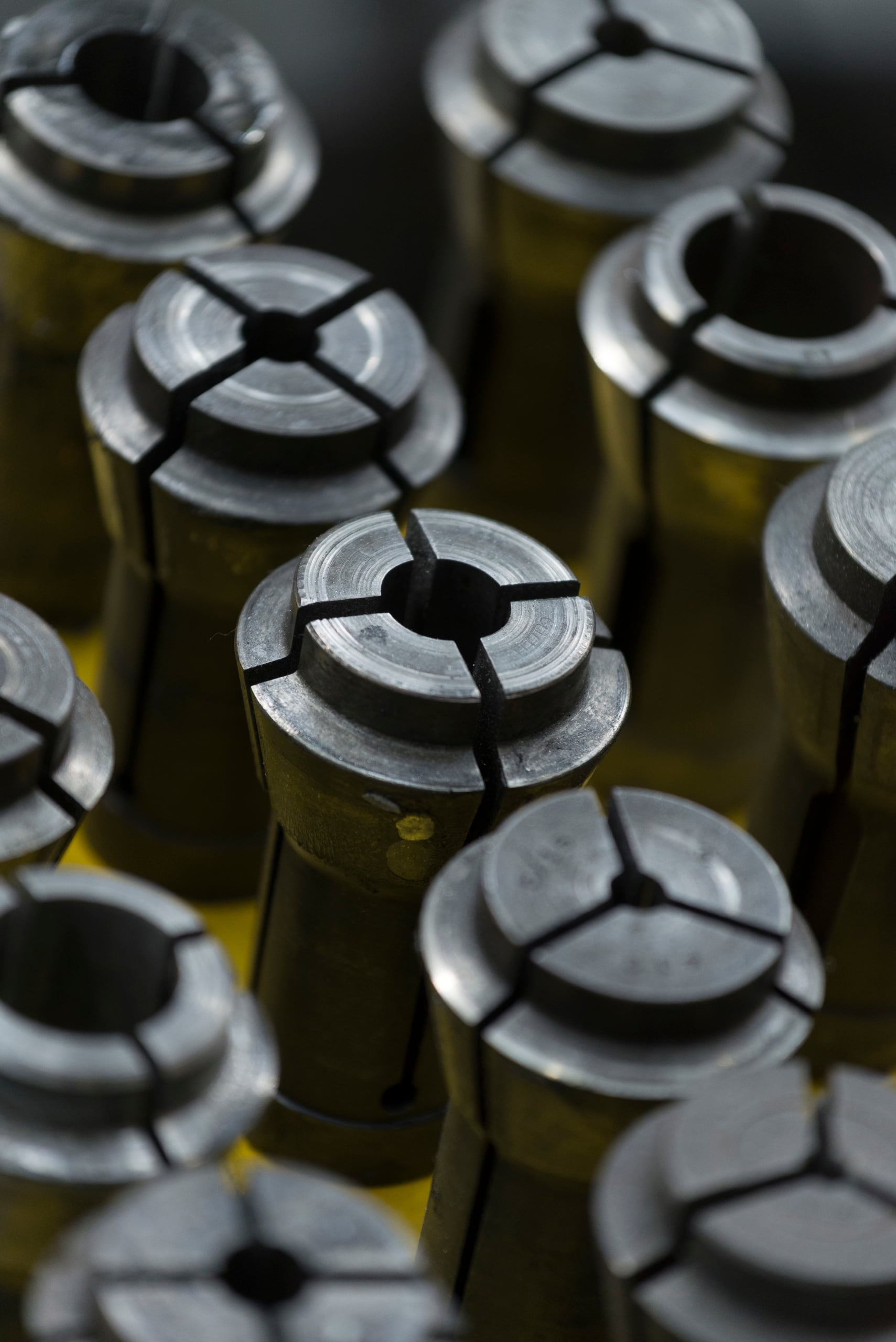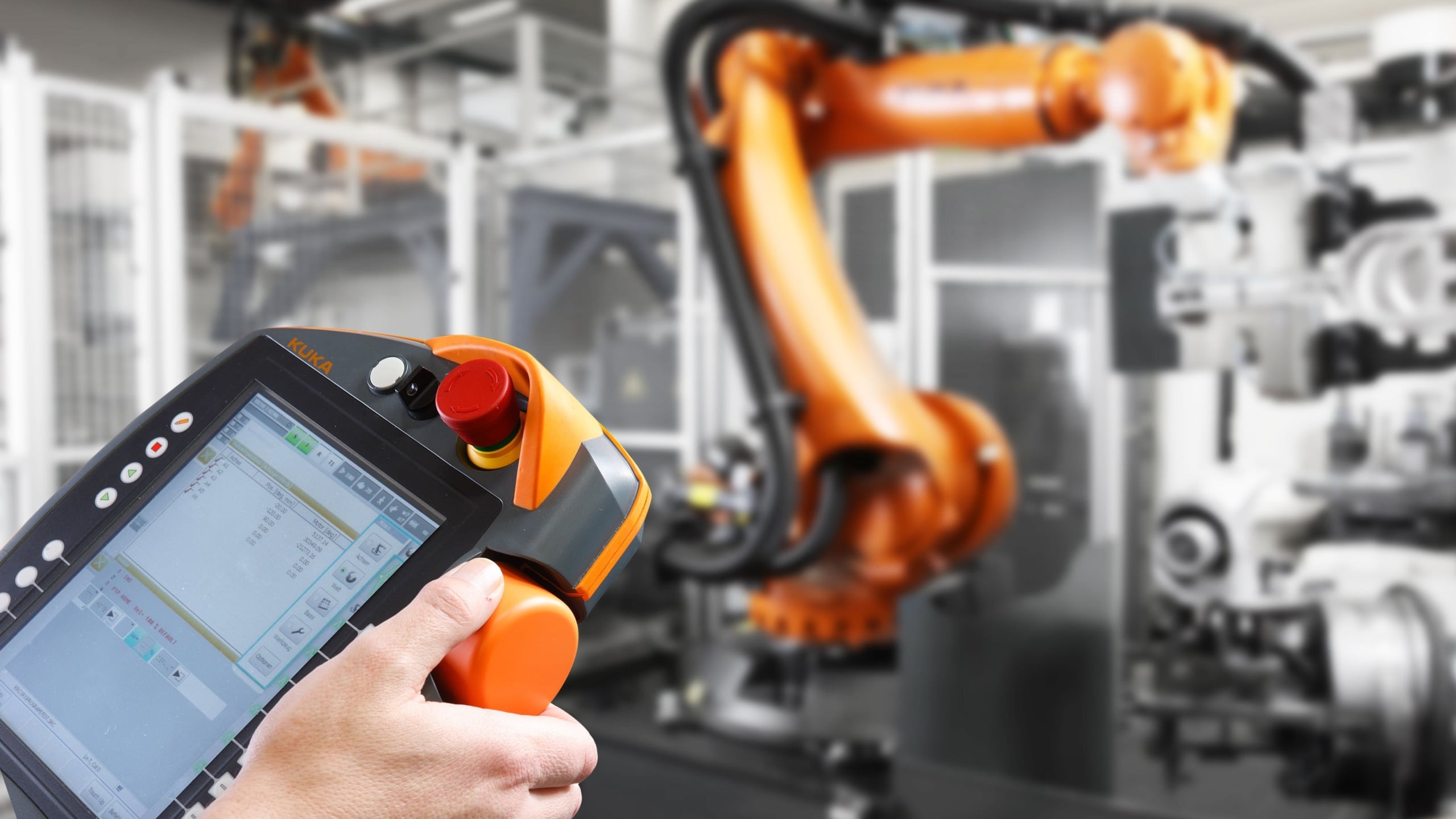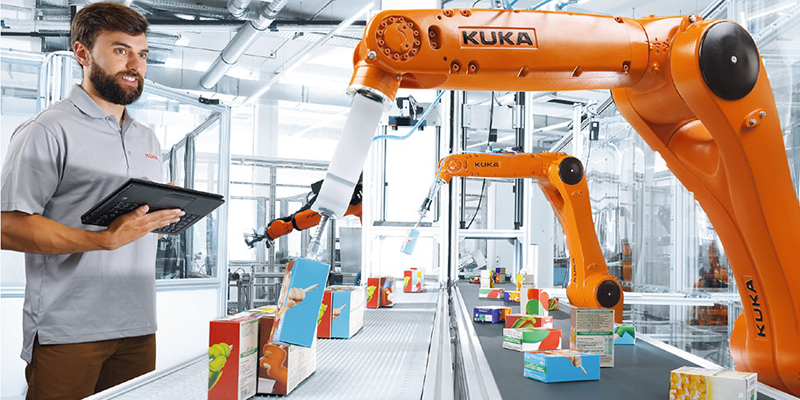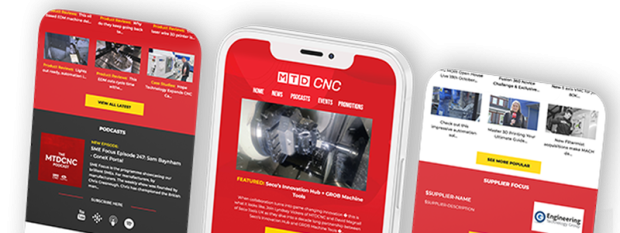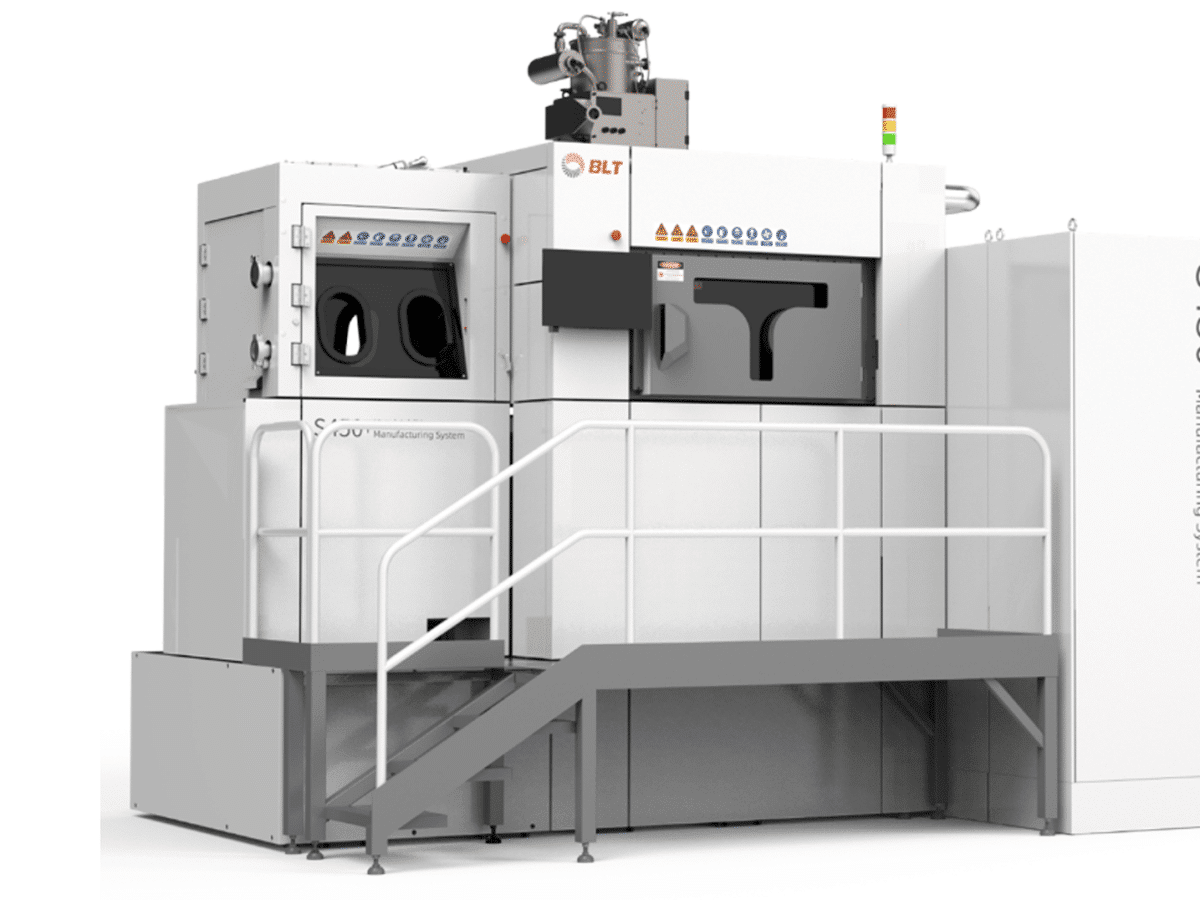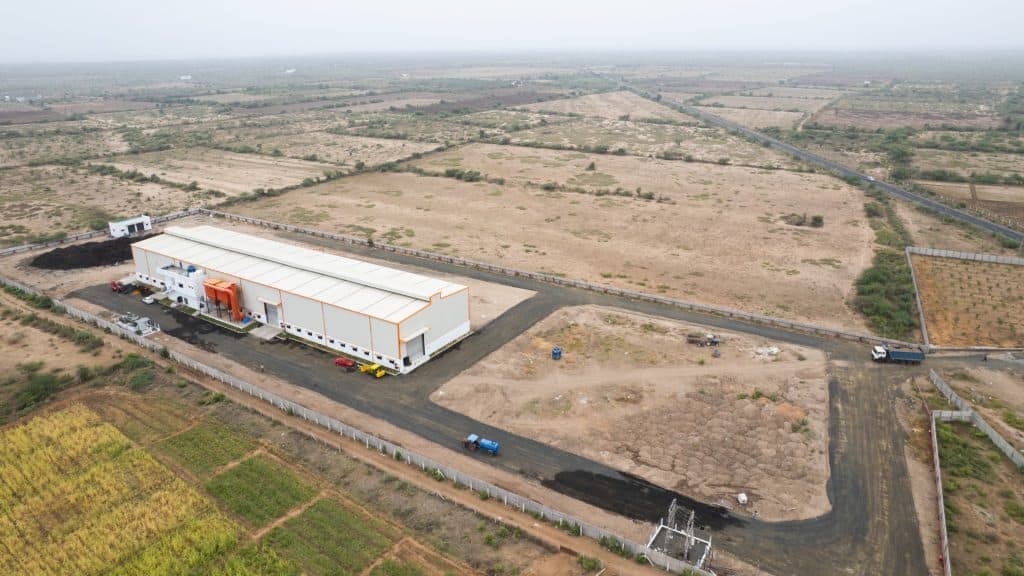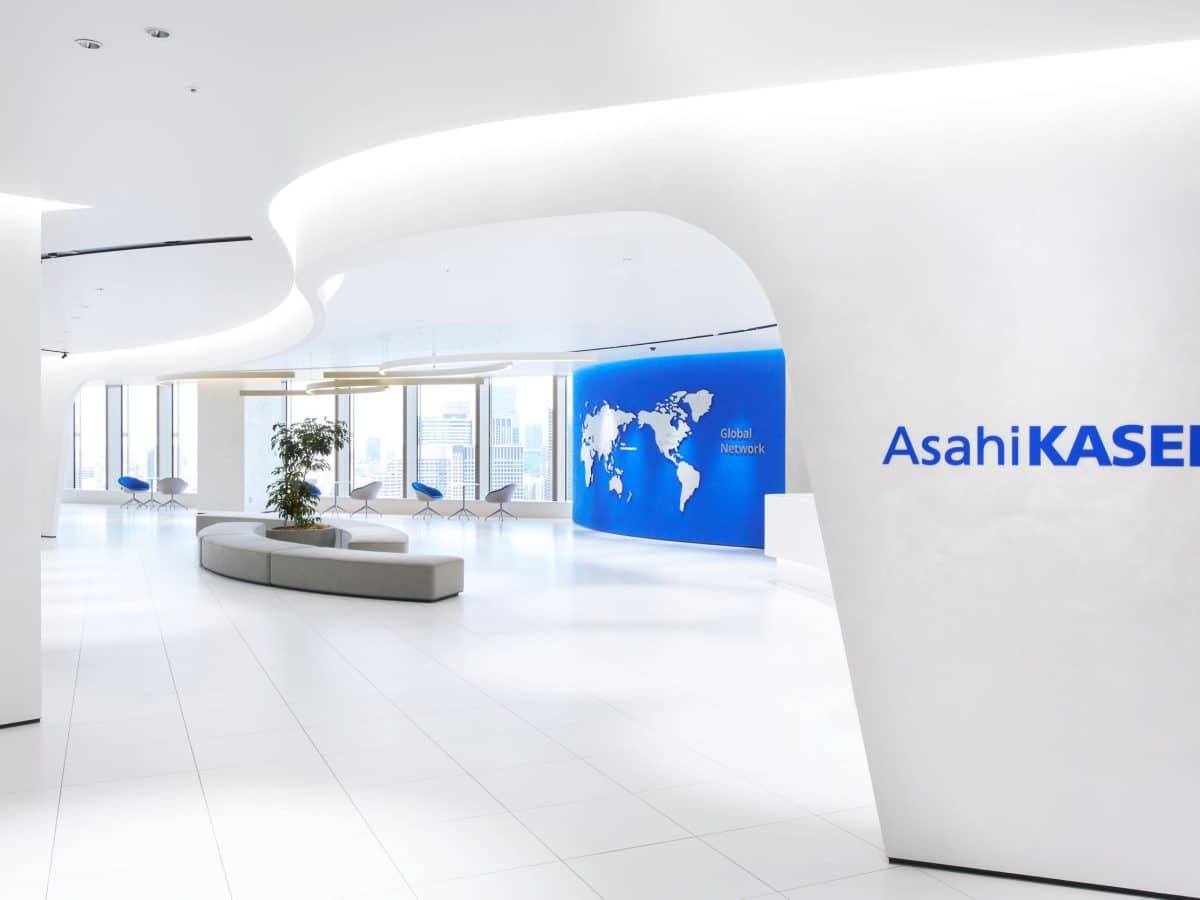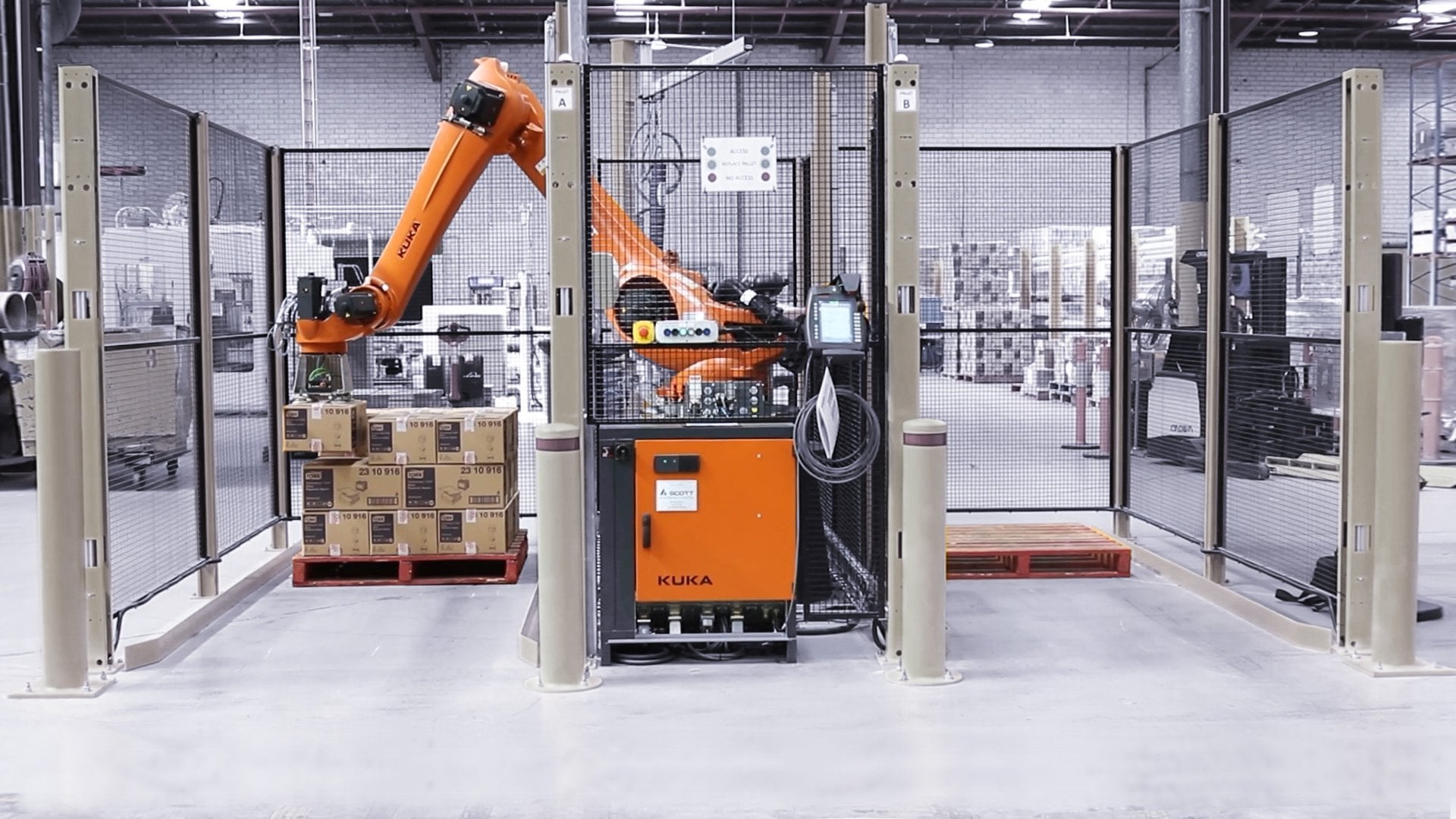
Humans and robots are working more closely together as technology improves. This is increasing the productivity of companies and the quality of products, leading to efficiency and growth. In many cases, robots increase output so much that more jobs are created in complementary jobs. Researchers and companies like Autodesk and KUKA are improving the safety of robot systems so humans can work close beside robots that become co-workers, more than mere tools. The next step for robot makers, software companies and engineers is to refine human-robot job augmentation further to achieve a greater shift in productivity, freeing people to do higher value and less dangerous work.
For decades robots have fulfilled one of two broad applications:
1) Large industrial robots, programmed offline, work in defined, linear pathways to typically move, assemble or weld a manufactured component on a production line, and
2) Domestic and service robots. Lighter and softer applications, these help in more nuanced settings, from inspection of hostile environments, to helping humans in the home; from vacuum cleaning to healthcare and even social care applications.
The development of smaller “desk top” robots, known as collaborative robots or “cobots”, was brought about from a new application of robots that is rapidly taking hold globally: human robot collaboration (or HRC).

